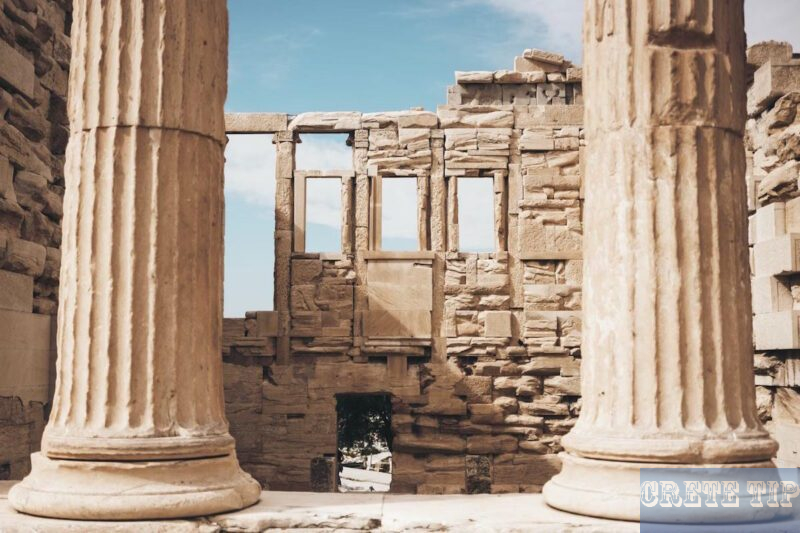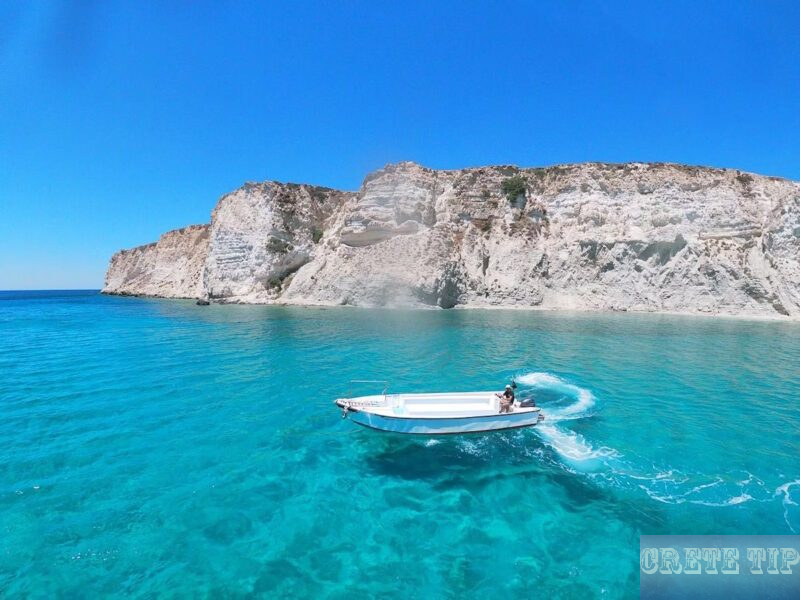Cretan Village Among the 55 Best Tourist Villages in the World for 2024.

Anogeia near Rethmyno
Anogeia, a renowned village in Crete’s Rethymno region, has been recognised as one of the 55 Best Tourism Villages for 2024 by the World Tourism Organisation (UN Tourism). This initiative highlights the importance of rural destinations in promoting sustainable tourism and community development.
In the fourth edition of this prestigious award, Anogeia stood out among over 260 applications from more than 60 countries. The selection process aims to identify villages that excel in maintaining their landscapes, cultural diversity, and local values while embracing gastronomic traditions. The initiative showcases the essential role that tourism can play in supporting rural development and preserving cultural heritage.
The Best Tourism Villages programme, initiated by UN Tourism in 2021, focuses on enhancing the sustainability of rural regions. This programme promotes the integration of innovative practices that fight depopulation and foster community engagement. The growing network of these villages serves to strengthen their positions as crucial players in sustainable travel, benefiting not merely themselves but also the environment and economy.
Zurab Pololikashvili, the Secretary-General of UN Tourism, remarked on the importance of this initiative by stating, “Tourism acts as a vital tool for integration, empowering rural communities to protect and appreciate their rich cultural heritage while promoting sustainable development.” Anogeia’s recognition reflects its dedication to utilising its unique characteristics to boost economic growth, uphold local traditions, and enhance the lives of its residents.
Sustainable Practices in Anogeia
Anogeia embodies a range of sustainable practices that contribute to its recognition:
-
Environmental Sustainability: The village has implemented strategies to protect its natural resources and maintain biodiversity. This is achieved through responsible tourism practices and conservation efforts in the surrounding areas.
-
Economic Sustainability: By promoting local products and services, Anogeia supports its economy while ensuring that the benefits of tourism reach the community. This approach fosters economic growth without compromising local resources.
-
Social Sustainability: Anogeia fosters community development by involving local residents in tourism planning and decision-making, ensuring that their voices are heard and local values are preserved.
Cultural Heritage and Local Traditions
Anogeia’s cultural heritage is rich and varied, characterised by its longstanding traditions. These elements play an integral role in its tourism offering:
-
Culinary Traditions: The village offers traditional Cretan cuisine, which reflects its agricultural heritage. Local tavernas serve dishes made from fresh, locally-sourced ingredients, providing visitors with an authentic taste of the region.
-
Cultural Resources: Anogeia hosts numerous festivals and events throughout the year, celebrating its traditions and customs. These gatherings attract tourists and locals alike, promoting cultural exchange and understanding.
Tourism Development and Innovation
The village remains committed to tourism development that aligns with sustainable practices. Strategies include:
-
Value Chain Integration: By linking various tourism stakeholders, including local farmers, artisans, and service providers, Anogeia ensures that the economic benefits of tourism are shared across the community.
-
Collaboration: Anogeia actively collaborates with regional and national organisations to enhance its tourism infrastructure, ensuring that it meets the needs of visitors while preserving the local character.
Challenges and Future Directions
While Anogeia has achieved significant recognition, challenges remain in the path toward sustainable tourism:
-
Depopulation: Many rural areas in Greece face the issue of depopulation as younger generations move to urban centres for better opportunities. Anogeia has implemented initiatives to attract and retain residents, supporting community resilience.
-
Environmental Impact: As tourism increases, so does the potential impact on the environment. Anogeia’s commitment to sustainability aims to mitigate these effects through responsible tourism practices.
Frequently Asked Questions
What are the factors considered for choosing the best tourist villages worldwide in 2024?
The selection of the best tourist villages involves several key criteria, including cultural heritage, sustainable practices, and community involvement. Villages are evaluated on their ability to provide authentic experiences while promoting local traditions and conservation efforts. The assessment also includes their accessibility and the quality of visitor services, enabling tourists to engage with the village’s unique offerings.
What unique aspects helped a Cretan village earn a spot on the top tourist villages list this year?
The Cretan village of Anogeia stood out due to its rich historical background and vibrant cultural traditions. It features stunning landscapes, traditional architecture, and local crafts that reflect its heritage. The community’s commitment to sustainability and innovation also played a significant role in its recognition, showcasing how it has preserved its identity while adapting to modern tourism demands.
How does being listed among the top tourist villages affect the economy of these selected locations?
Inclusion in the top tourist villages list typically leads to increased visibility and tourist interest, which can significantly boost the local economy. More visitors often translate to higher spending in local businesses such as restaurants, shops, and accommodation providers. Additionally, this recognition can encourage investment in infrastructure and services, further enhancing the region’s appeal and economic growth.
What types of activities can visitors anticipate when exploring these prominent tourist villages?
Visitors to these renowned villages can expect a variety of engaging activities. These may include guided tours showcasing local history and culture, culinary experiences featuring traditional dishes, and opportunities for outdoor activities such as hiking and exploring natural landscapes. Many villages also offer workshops where tourists can learn about local crafts and traditions, providing a hands-on experience of the community’s heritage.
Have the guidelines for selecting the best tourist villages evolved in recent years, and in what ways?
Yes, the criteria for selecting the best tourist villages have adapted over time, reflecting changing priorities in tourism. There is a stronger emphasis on sustainability and environmental responsibility, with villages required to demonstrate effective practices that support their local ecosystems. Inclusivity and community engagement have also gained importance, ensuring that tourism benefits local residents and preserves cultural identities.
Are there specific environmental or sustainability standards that top-rated tourist villages must follow?
Top-rated tourist villages are expected to adhere to certain environmental and sustainability standards. This includes implementing practices that reduce negative impacts on the environment, such as promoting eco-friendly transportation and conserving natural resources. Villages are encouraged to engage in initiatives that protect local wildlife and habitats while fostering respect for cultural heritage and community values.



